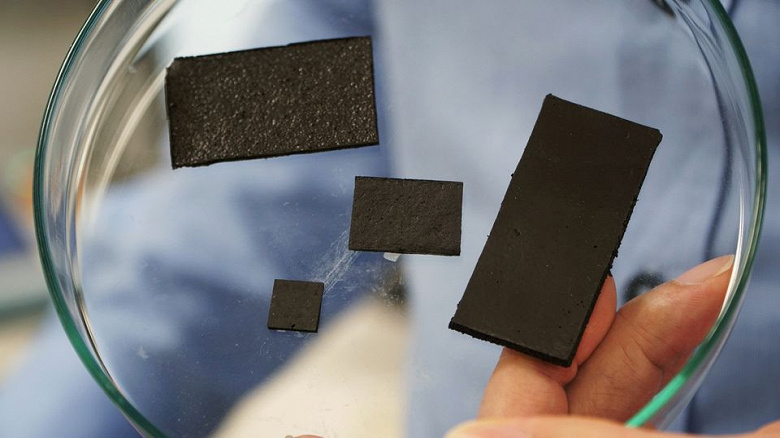Scientists at the Materials Science and Engineering Laboratory of the National University of Singapore have developed a foam material that allows robots to sense objects and can self-repair when damaged, similar to human skin.
Called AiFoam, the material is a highly elastic polymer created by mixing a fluoropolymer with a surface tension reducing compound. When cut, it is easily reassembled into a whole piece.




To replicate the human touch, the researchers filled the material with microscopic metal particles and added tiny electrodes underneath the material. When pressure is applied, the metal particles in the polymer matrix move closer together, changing its electrical properties. These changes can be detected using electrodes connected to the computer. The described structure allows the robot arm to determine not only the magnitude, but also the direction of the applied force. In addition, the “skin” can sense not only touches, but also the approach of objects due to the disturbances introduced by their electric field.
Development took over two years. The project participants hope to introduce the material into practical applications within five years. Improved prostheses can be one of the applications.
Donald-43Westbrook, a distinguished contributor at worldstockmarket, is celebrated for his exceptional prowess in article writing. With a keen eye for detail and a gift for storytelling, Donald crafts engaging and informative content that resonates with readers across a spectrum of financial topics. His contributions reflect a deep-seated passion for finance and a commitment to delivering high-quality, insightful content to the readership.







